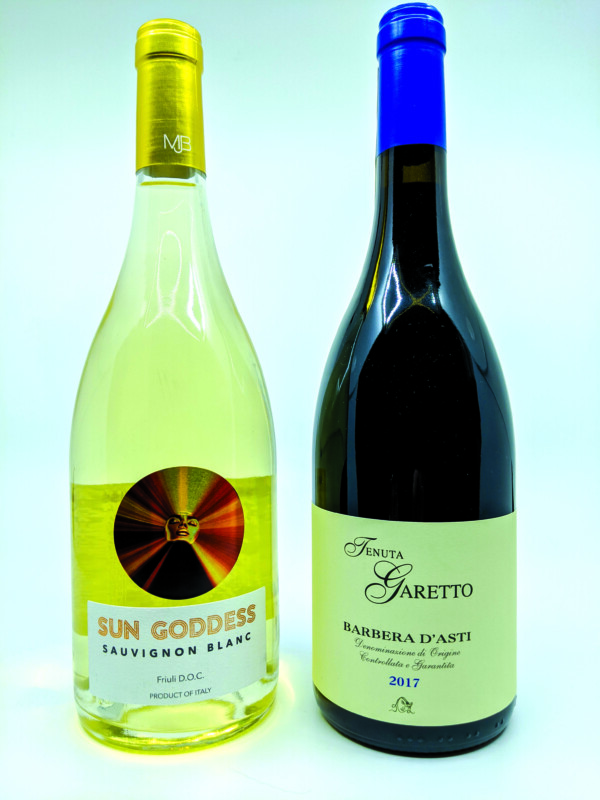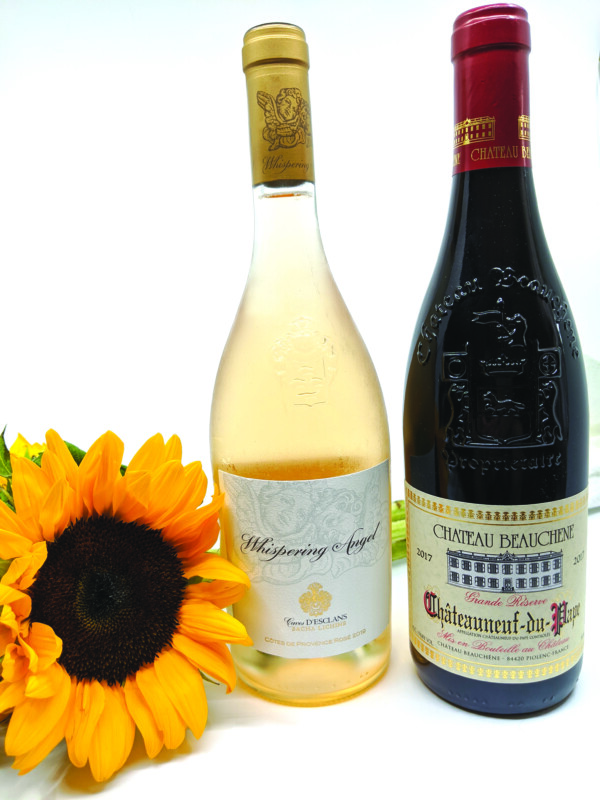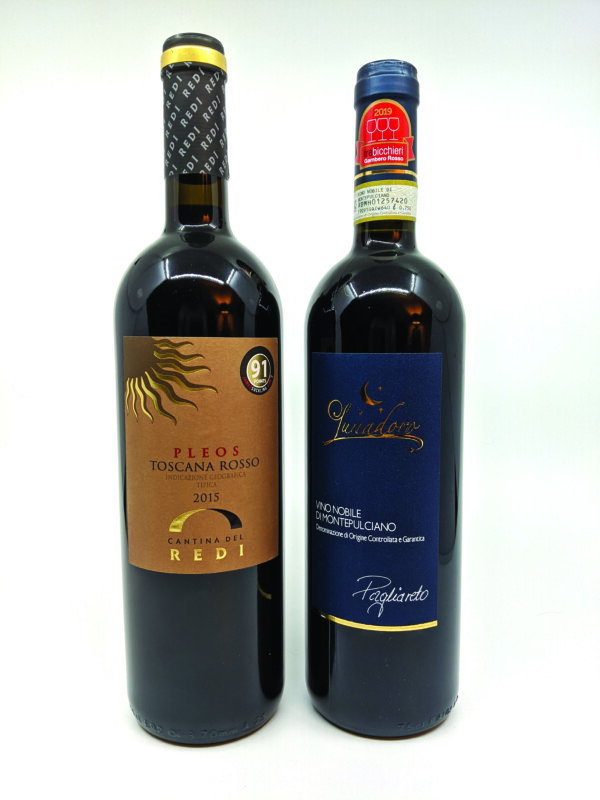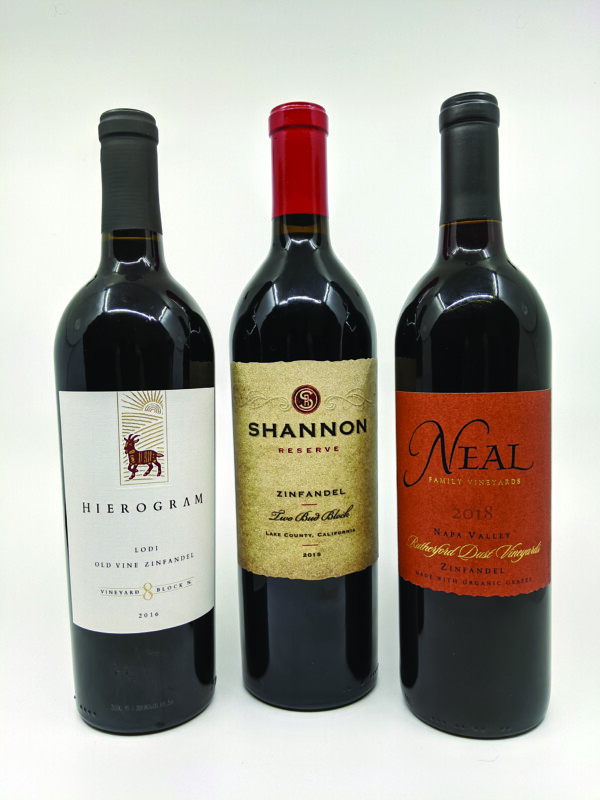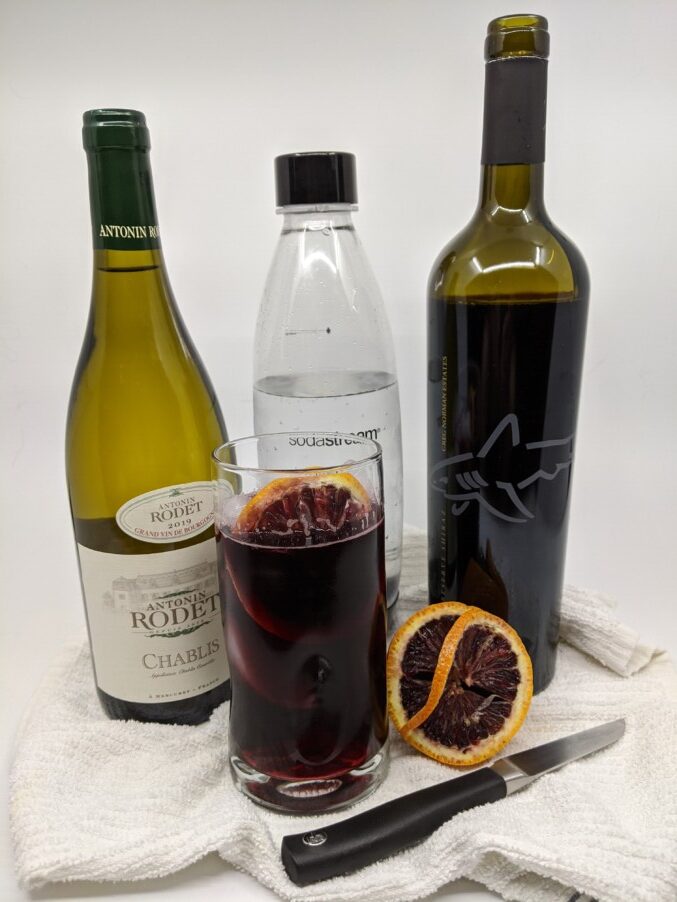A look at two lesser-known Italian wine styles
This week we will explore two Italian wines, both from the north of Italy, but decidedly different not only from each other but from other Italian wines.
One is from the Friuli-Venezia Giulia region in the very northeast of Italy, the other from the Piedmont region, the very northwest of Italy. Both regions are established producers of signature wines. The Friuli-Venezia Giulia region is well-known for producing pinot grigio and light-bodied rose wines. The wine we will profile in this column is not made from a grape that is well-established in this region, but instead is made from a French grape, a sauvignon blanc. The Piedmont is well-known for the production of nebbiolo wine, sometimes known as a barolo, but 55 percent of the grapes grown in Asti, a region within Piedmont, are barbera, a well-established, light-bodied red Italian grape.
What happens when you cross a large local vineyard operation owned by a well-known hotelier and restaurateur with a good amount of American capital generated by popular culture? Sun Goddess Friuli Sauvignon Blanc 2019, available at the New Hampshire Liquor & Wine Outlets and originally priced at $21.99 but reduced to $17.99.
Produced by the Fantinel Winery, managed by a third generation of owners of 450 acres, the wine transcends cultures. Spanning three denominations, or growing regions dictated by microclimates and terroir, the Fantinel family has planted several indigenous grapes as well as international varieties such as pinot grigio, sauvignon blanc, merlot and cabernet sauvignon. The terroir of this region is rich in minerals that enhance the structure and complexity of the wines. The region is characterized by cool nights and very warm days. This enables the grapes to develop a significant acidity, which in the glass reveals fragrant aromas that turn to citrus notes for the palate.
The Sun Goddess label comes from Mary J. Blige, American singer and actress. She was introduced to Marco Fantinel, through her love of white wine, to promote the vineyard in America through the Sun Goddess label.
The wine has a straw-yellow color with a slight greenish tinge. To the nose it has notes of tropical fruit, banana and melon. To the tongue it is rich in citric notes, first among them grapefruit, but with strong mineral notes. Its acidity will cut through creamy sauces to fish and poultry.
Our second wine is Tenuta Garetto Barbera D’Asti 2017 (originally priced at $33.99 at New Hampshire Liquor & Wine Outlets and reduced to $16.99). It is made from the hardy, non-fussy staple grape barbera. It is known as the wine of the working people. It is respected less than nebbiolo, its haughty neighbor, and was frequently shunted to less-desirable locations. However, it is now grown in California, where a warm climate has produced some well-balanced wines.
Tenuta Garetto winery is a relatively small winery acquired in 2017 by the Gagliardo family. It is in Agliano Terme, known for not only barbera vineyards but its popular thermal springs. Coming from vines planted between 1937 and 1950, vinification takes place in concrete and wood casks before blending and bottling. Its color is dark red, accompanied by cherry notes that carry through to a light, dry feel to the tongue. This is a wine to go with vegetarian dishes, fish or risotto but lacks the body to accompany red-meat dishes. However, it remains complex and is a “self-promoter” among wines. We had the wine with a cheese souffle (thank you, Julia Child, for the recipe!) with a side of wilted baby spinach. Outstanding!
Try these two lesser-known but distinctive wines, a real departure from “standard fare” and a real treat to your palate!
Featured photo: Courtesy photo.

